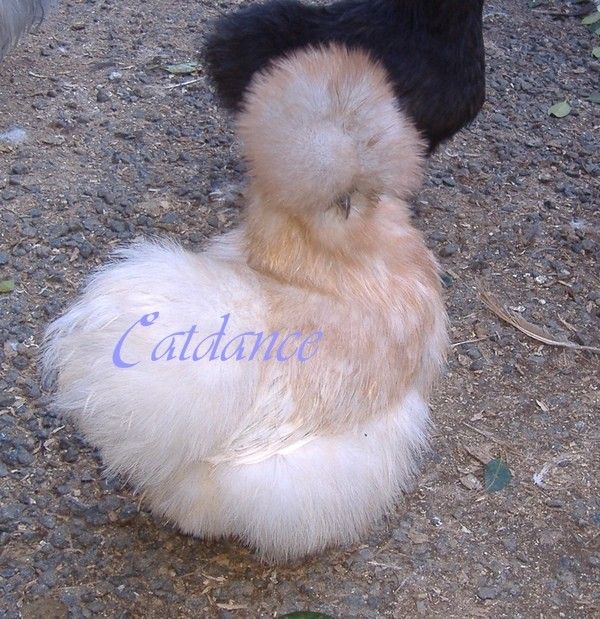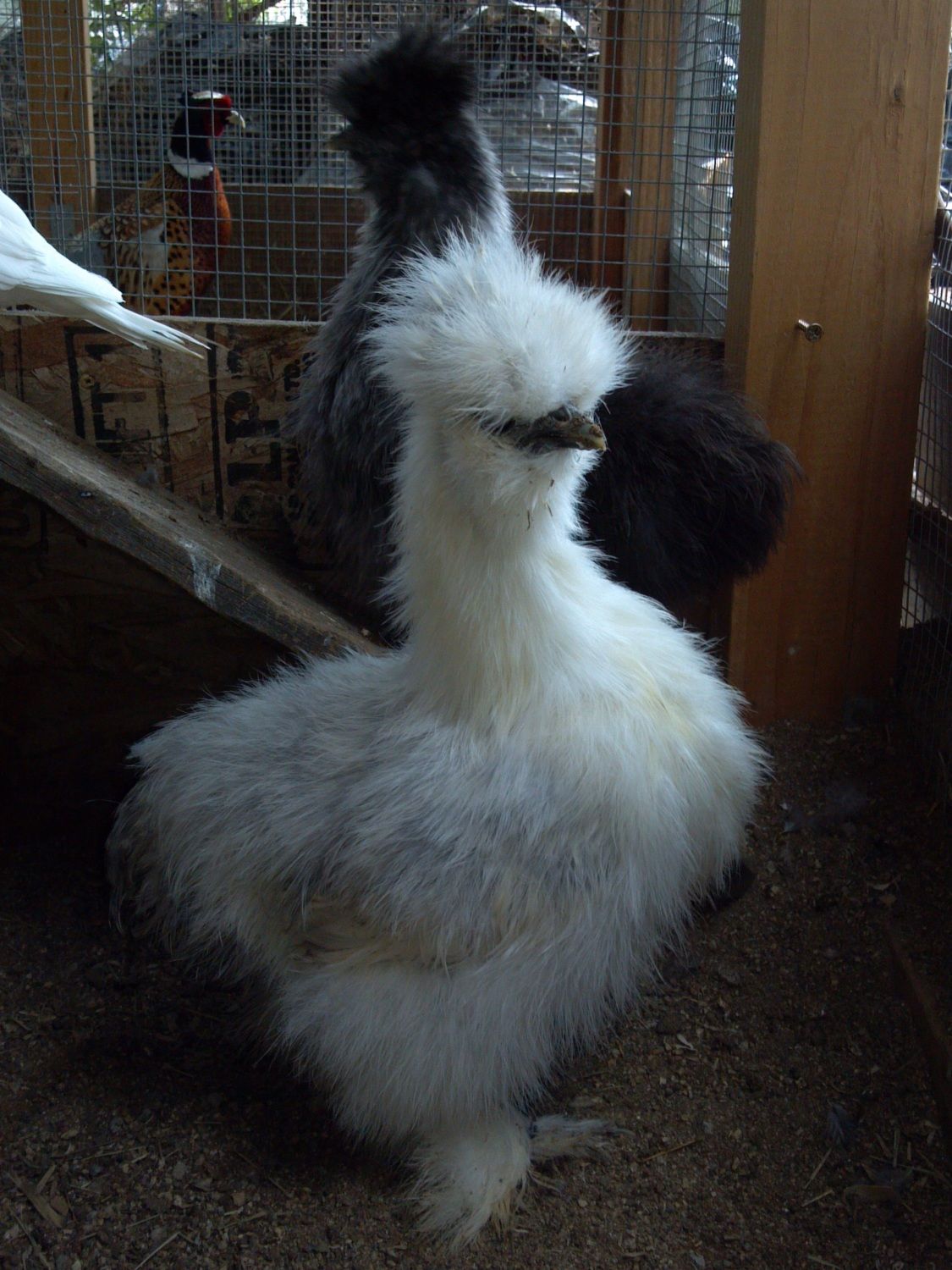I had a similar thing happen with my last broody..and I mean last..she went her way..but I went out to check on peeps, because I knew it was hatch day. There was a baby laying right there in front of her..off to the side a bit. I picked it up, limp and cold. My DH was out there, and I showed him talking about how mad I was at that mom. Maybe mother nature tells them something? Then, it barely moved! I mean that chick, was just laying there as limp as could be, it's head flopped sideways, I said to my husband, it moved! I ran into the house, turned on the brooder light, help it up..right up under the light. It started warming up. It started to move again! I held it there, turning it over every now and again. Finally, I heard a cheep! Then it really started to move. I finally got it warm enough to put it down, but right under the light. I watched this little baby pick it's head up. Then I watched as it opened it's eyes for the first time for me. I was talking to it like no other. I ran and told my DH..he was working outside..and he couldn't believe it, he had to come and see. That little blue Ameraucana made it! Within 2 hrs. it was walking around. I went out to check on the other baby that had hatched. She still had an egg that hadn't hatched yet, and got up..to eat and drink! Left the other baby there, and it was still damp! I just brought the baby in, and the other egg. That poor mama was confused for a few days, but oh well. My babies were safe and warm. The egg I put in the bator didn't hatch.
When I saw your picture, sure brought back that memory!
I'm so sorry your baby didn't make it. It's always sad to see one so close!













